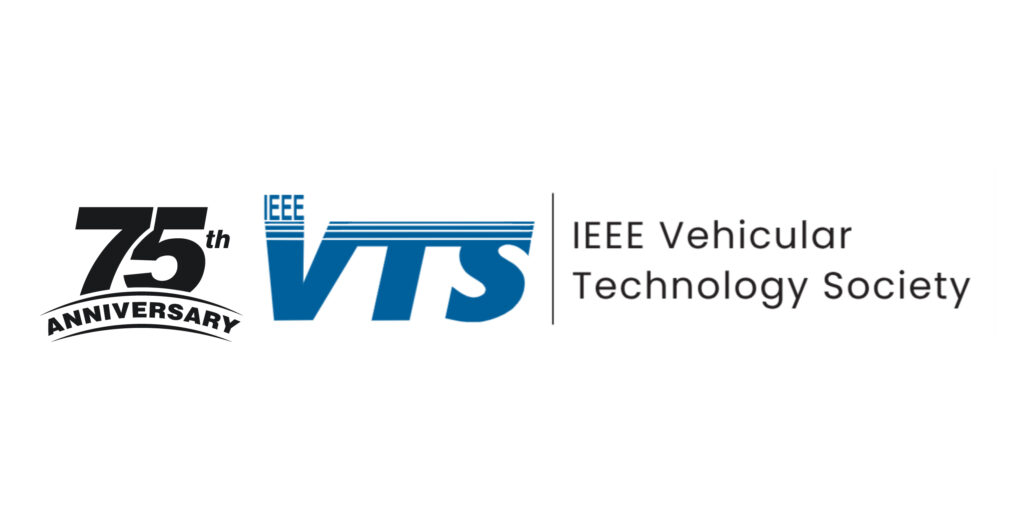
So why are cellphones ‘vehicular technology’?
Simple: early mobile phones used to need a vehicle to carry them about. When IEEE Vehicular Technology Society started, as the sixth professional group of the Institute of Radio Engineers in 1949, it was the ‘Vehicular and Railroad Communications Group’. Broadcast radio dispatch to police vehicles started in Detroit in 1928, but the 1940s brought the trifecta of technology, spectrum and use cases spurring exciting new developments. For 6G that’s ML and ISC, THz communications and telepresence. For the pre-G 1940s, the buzzwords were VHF and FM, and new handheld mobile radios developed during the Second World War, and the new use case being services to the public, albeit very limited. Our Group held its first conference – appropriately in Detroit – in November 1950 with 8 technical papers.
For much of its life, the Society was fairly niche. Mobile was not a consumer technology – it was ‘PMR’, often called Professional Mobile Radio, although Private Mobile Radio was the official expansion. Neither suggested mass market. The group grew in other ways: the mid 1960s saw automotive electronics added and the name changed to ‘Vehicular Technology Group’. Railroads, dropped from our Group’s name in 1950, returned to the fold the 1970s when the Land Transportation activity moved from IAS and the Vehicular Technology Society gained its current form.
First generation mobile radio systems did begin to gain widespread adoption in the late 1980s, but it was 2G which really got things moving. Early GSM testbeds again needed a vehicle to carry them about, but when deployments started in Europe it showed the power of a ubiquitous network. That lead to huge interest in GSM’s successor, 3G. The annual VTC conferences, which had grown to a few hundred papers, exploded to thousands of submissions, still mostly from industry. Starting 1999, the conference went biannual: one alternating between Europe and Asia and the other being in North America. We were ‘Connecting the Mobile World’ – our tag line introduced on our 50th birthday. The switch to electronic proceedings in the early 2000s (in those days CDs) came just in time. For VTC99-Fall in Amsterdam, the 5 volume printed proceedings were fork-lifted in to the convention centre on pallets. Since a single set weighed 6kg, there were stories of quite a few ending up in the canals!
While the dot com crash cooled the 3G hype, the seemingly anomalous juxtaposition of mobile radio and vehicular technology meant the society was well placed to be at the centre of new disruptions, in the form of the electrification of transport, and connected and autonomous vehicles. Along with PELS, the society created the Vehicle Power and Propulsion Conference in 2004 to stimulate technologies around electric vehicles. After all, as our Land Transportation Division will proudly attest, the hybrid electric vehicles started on the railways in the late 19th century, more than 100 years before Toyota’s Prius.
The biannual conferences have continued their world tour, so this October we will celebrate the 100th VTC, the 20th Vehicle Power and Propulsion Conference and the 75th anniversary of the Society. Hope you can join the party in Washington – it will be a blast!
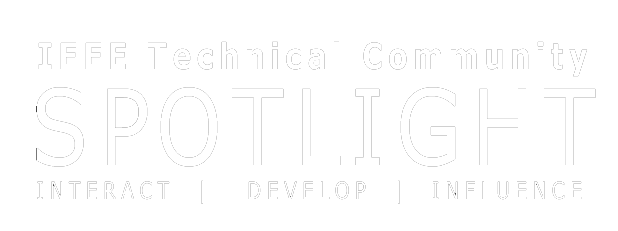

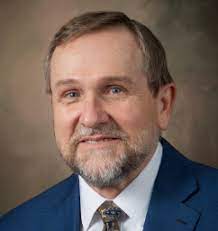
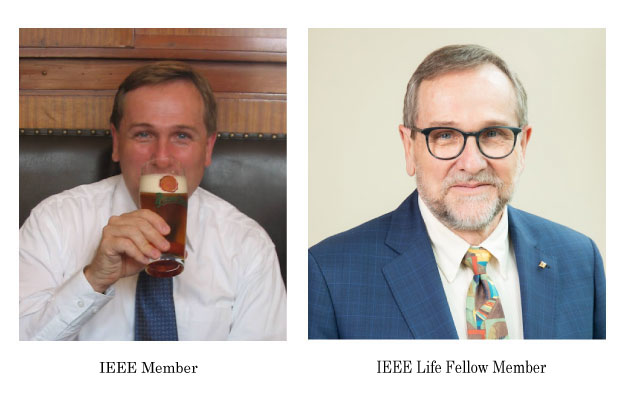

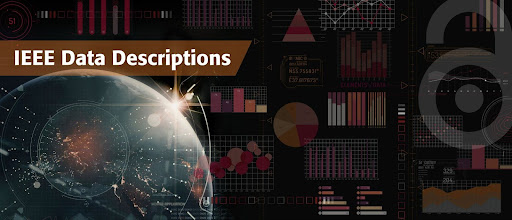
One Response
Interesting learning!